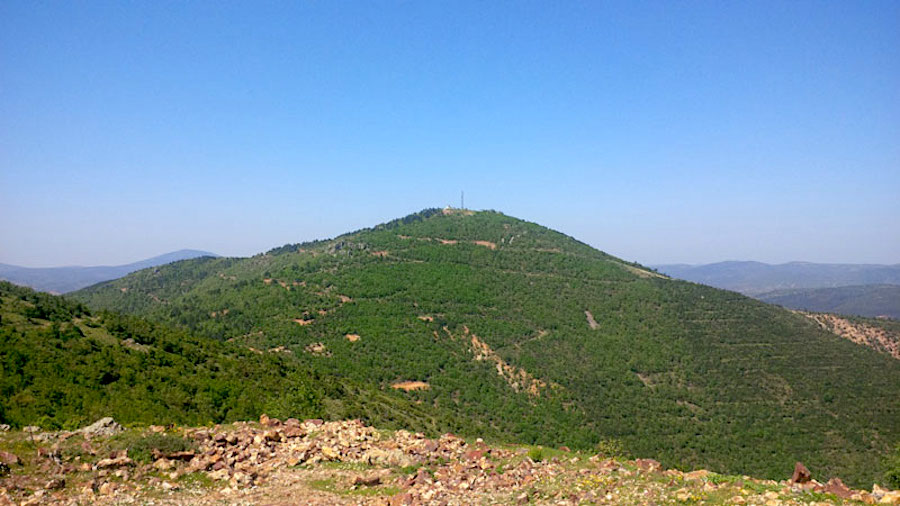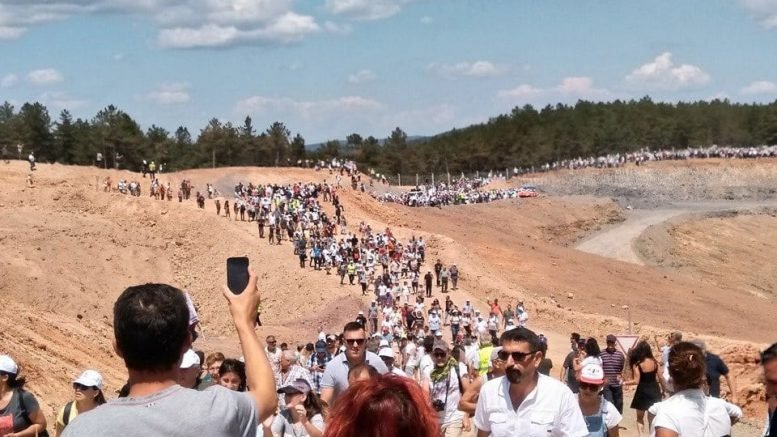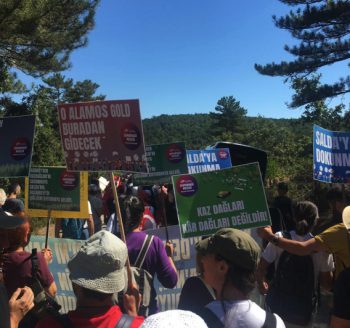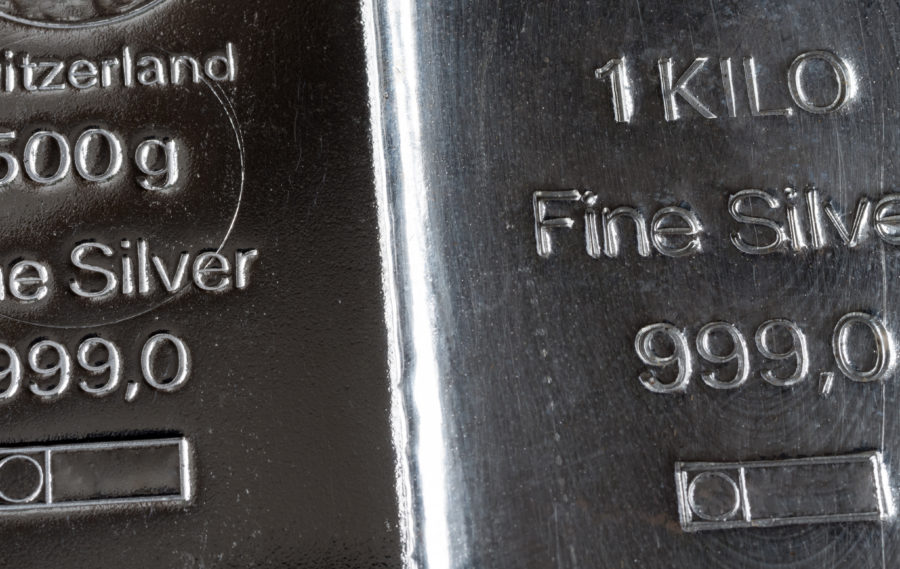Alamos Gold says ‘political agenda’ behind massive protest against its Turkish project

Canada’s Alamos Gold (TSX, NYSE: AGI) reacted on Wednesday to an unusually large protest against its Kirazli project, triggered by the miner allegedly exceeding the number of trees to cut declared in an environmental impact report, saying it had paid for future reforestation of the site in advance.
Alamos’ chief executive, John McCluskey, also denied claims that cyanide use in ore processing would leak into the surrounding area, part of a forestry reserve, adding that opposition against the gold project in western Turkey was based on politically-motivated misinformation.
Thousands of Turks, including opposition lawmakers staged a peaceful protest on Monday on news that Alamos Gold’s local subsidiary, Dogu Biga Mining, had reportedly cut down four times the number of trees allowed by the government.
The country’s authorities had allowed the clear-cut of roughly 45,000 trees, but reduced that number considerably after consulting a July study. The Turkish Foundation for Combating Soil Erosion (TEMA), however, recently published images obtained with the help of satellite showing what it is supposed to be evidence of Alamos’ removal of at least 200,000 trees.

“As part of the forestry permit, we have paid about $5 million [and] a big component of that fee is to pay for reforestation,” McCluskey told Reuters, adding that only government authorities were allowed to cut trees, not the company.
“In six and a half years, the whole focus of this area will be to replant. And in a decade, maybe a bit more than that, it will look like a forest again,” he said.
Opponents also fear the mine will have a devastating environmental impact on area, part of the biodiversity-rich Ida mountain range, and contaminate the local fresh water supply. The Kirazli gold project is located just 14 km. (9 miles) from the Atikhisar reservoir, the region’s biggest fresh water source.
McCluskey said that while cyanide will be used on site, it will only be added in the final step of the extraction process, adding that Alamos had taken measures to ensure there would be no impact in the area.

“There has been very deliberate misinformation about this project that is being published in an effort to get very rapidly a very emotive social media response,” he noted.
In late July, about 300 people set up a protest camp near the cordoned off mine construction site. And that number keeps growing. Thanks to the Twitter hashtag #kazdaginadokunma (“Don’t touch my Ida mountains”) the group has so far gotten more than 10,000 supporters of their cause.
When built, the Kirazli gold mine is expected to produce an average of 104,000 ounces at all-in sustaining costs of $373 per ounce over a five-year mine life.
Alamos currently has two operating mines in Canada (Young-Davidson and Island Gold in northern Ontario), and two mines in Mexico (Mulatos and El Chanate, both in Sonora state).
(With files from Reuters)
More News
{{ commodity.name }}
{{ post.title }}
{{ post.date }}




Comments